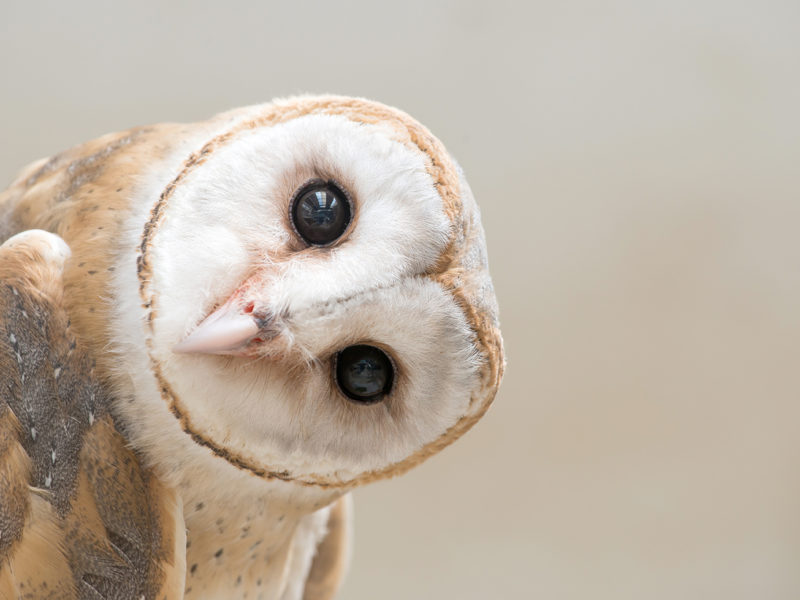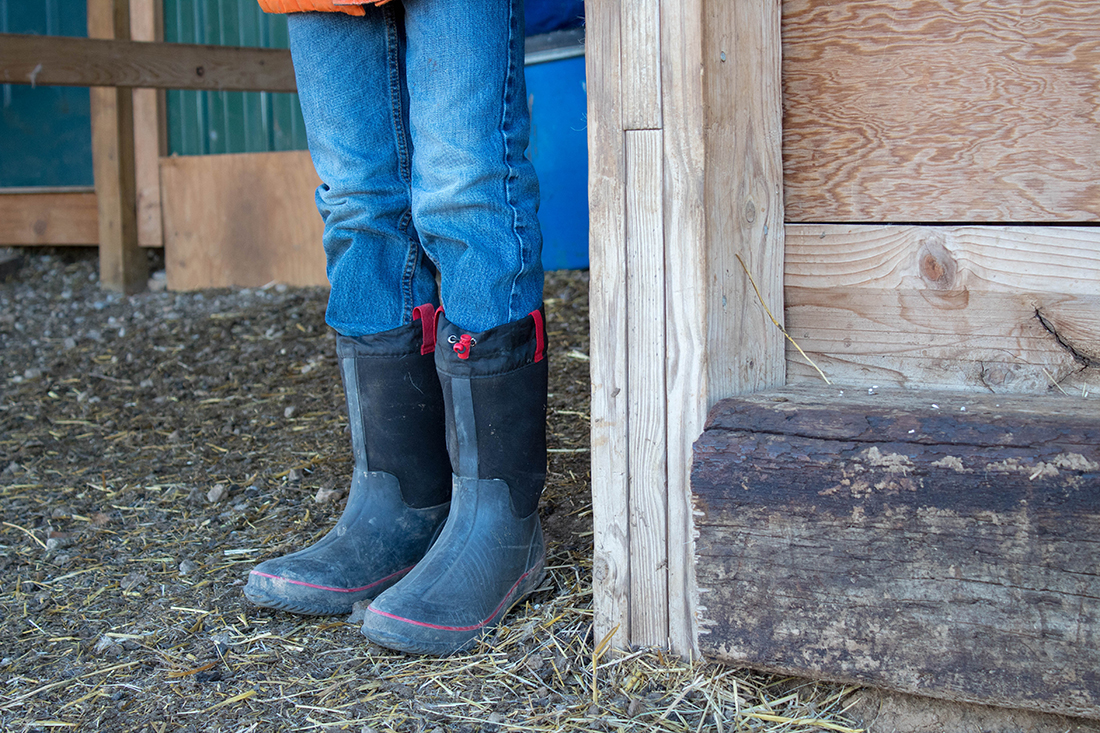A new provincial ban on second-generation anticoagulant rodenticides took effect July 21, but it will have limited impact on farmers.
The ban will last 18 months with the aim of reducing harm to wildlife, through both direct poisoning and the consumption of poisoned rodents. The active ingredients in the rodenticides cause death by internal bleeding.
But the ban won’t prevent the sale of the rodenticides for on-farm use or at food processing and storage facilities, restaurants and grocery stores.
To buy the pesticides, farm owners will need to present proof of business ownership and farm status such as a farmer ID card, BC property assessment notice noting farm status, an AgriStability or AgriInvest statement as well as a copy of a pesticide applicator certificate.
Farm workers will need to bring a letter detailing the businesses’ essential services, proof of employment, and authorization to buy rodenticides for the farm
The restrictions also require that producers employ the rodenticides as part of an IPM program, safely dispose of pesticides and poisoned rodents to prevent harm to wildlife and record use.
Research by Sofi Hindmarch, a project biologist with the Fraser Valley Conservancy, has found at least one, and very often two, rodenticides in 100% of raptors examined. Yet raptors are key partners in controlling voles, mice and other rodents on Fraser Valley farms.
Ideally, she would like to see barn owls, hawks and other raptors become a greater part of rodent control BC farms. Rodenticides should be a last resort rather than the default option.
Details on IPM principles, best practices for rodenticide disposal and recording keeping templates are available from the BC Ministry of the Environment and Climate Change Strategy at [https://rb.gy/2koov6]. The page also includes a link to register for a farm operator webinar regarding the ban to take place August 5 at 9 am.
With files from Ronda Payne


 Wildfires spark emergency declaration
Wildfires spark emergency declaration